The Role of Reed Relays in High-Performance EV Motorsport Vehicle Development
The development of an electric motorsport car, or any EV for that matter, is not without its challenges, a major one of which is that batteries, power inverters, motors, and cabling all need to be optimised for size, weight and power (SWaP). All store or carry high and potentially lethal voltages, that need to be monitored.
Also, contactors used to switch electrical power must often accommodate high inrush currents. These occur when switching a high voltage into a capacitive load (or one in which the impedance is predominantly capacitive). Pre-charge circuits are essential for applications with capacitive loads as current spikes of thousands of Amperes can easily damage system components and cause contactors to weld closed.
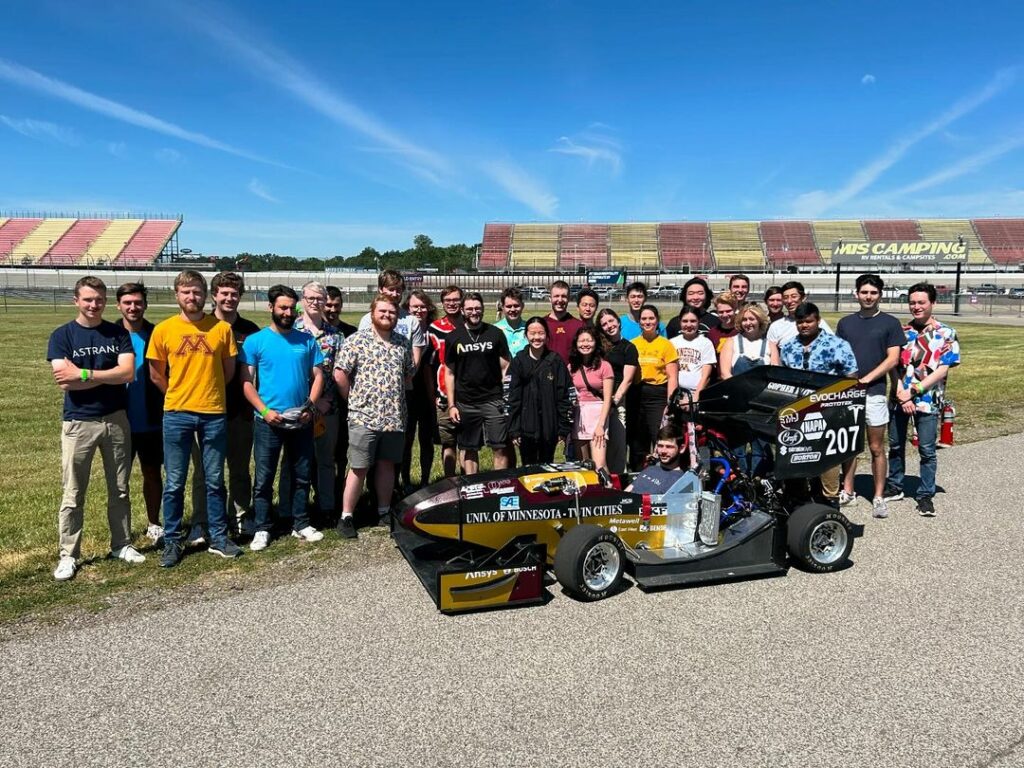
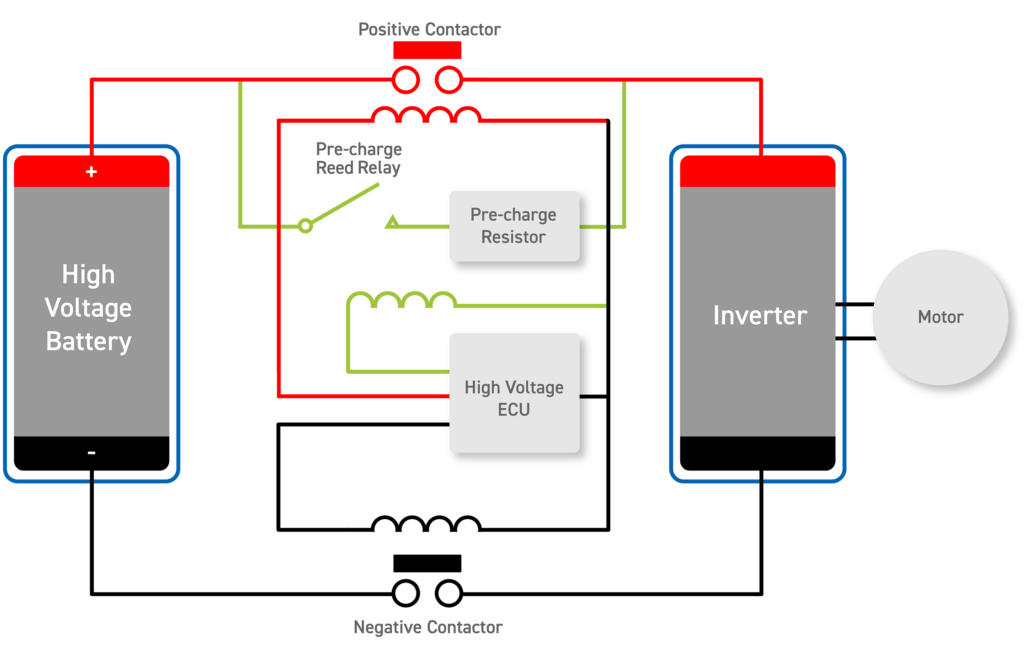
Inductive loads, such as motors, present another type of problem in that it is the act of removing the high voltage (i.e., opening the contactor) that produces a high current, increasing the duration and energy of the arc the contactor must break.
Finding this guide interesting?
Download the full guide now to learn more about utilizing reed relays in Electric Motorsport applications.
Contents of the application guide:
- An Introduction to Electric Motorsport
- R&D and Test
- Why Reed Relays
- Reed Relay Terminology
- Recommended Products
- Why Pickering Electronics for Reed Relays
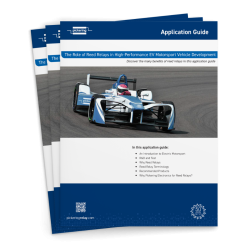
Recommended Reed Relays for use in Electric Motorsport Applications
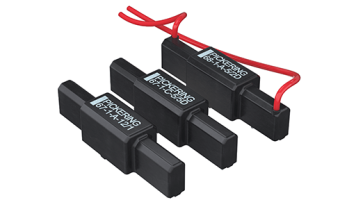
Series 67 & 68
These ranges have switching voltages up to 7.5kV and minimum standoff voltages up to 10kV. Maximum switch current is 3A (at up to 50W) and maximum carry current is up to 5A.
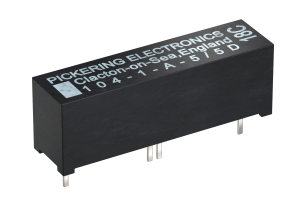
Series 104
This range has switching voltages up to 1kV and minimum standoff voltages up to 5kV. Maximum switch current is 1A (at up to 25W) and maximum carry current is 1.5A.
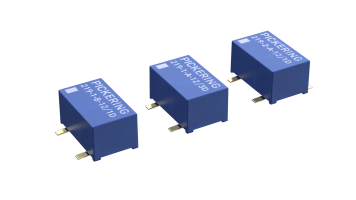
Series 219
This Surface Mount range has switching voltages up to 1kV. Minimum standoff voltage is up to 3kV (Switch-Switch) and up to 5kV (Switch - Coil). Maximum switch current is 0.7A (at up to 10W) and maximum carry current is 1.25A.
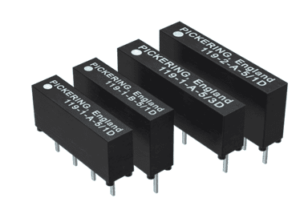
Series 119
Very small isolation reed relays in Form A and Form B configurations. Up to 3000 V stand-off, 1000 V switching. 3, 5 or 12 V coils. Suitable for cable testers.
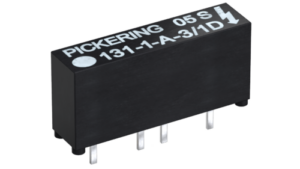
Series 131
The smallest high voltage relays available. 1 Form A. Up to 1500 V stand-off, 1000 V switching. 3, 5, or 12 V coils. Suitable for mixed signal semiconductor testers.
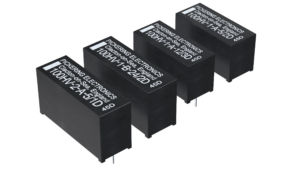
Series 100HV
HV + high coil resistance reed relays in Form A and Form B. 3000 V stand-off, 1000 V switching. 5, 12 or 24 V coils. Up to 6800 Ohms coil resistance.
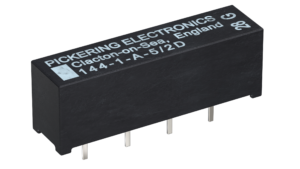
Series 144 – up to 3kV
2 A switching at up to 60 W, or 1 A switching up to 80 W, with a continuous carry current of up to 3 Amps. High-voltage capability, with a switching voltage of 1000VDC up to 10W and up to 3kV standoff. 5 , 12 or 24 V coils.
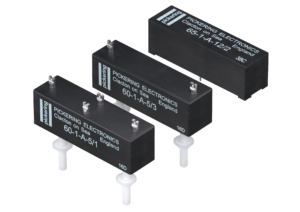
Series 60 & 65
This range has switching voltages up to 12.5 kV and minimum standoff voltages up to 15 kV. Maximum switch current is 3 A (at up to 50 W) and maximum carry current is up to 3.5 A.
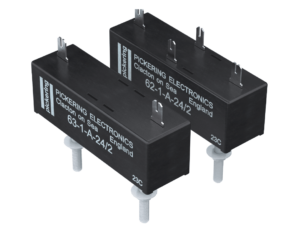
Series 62 & 63
This range has switching voltages up to 12.5 kV and minimum standoff voltages up to 20 kV. Maximum switch current is 3 A (at up to 50 W) and maximum carry current is 3.5 A.






